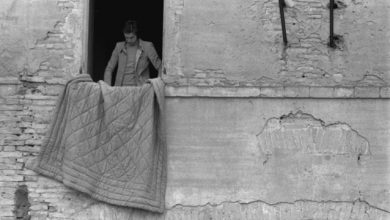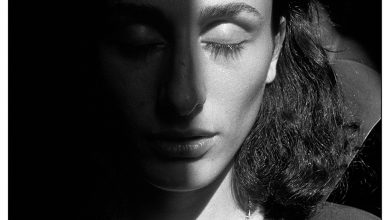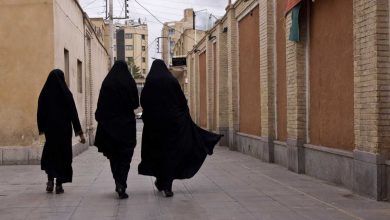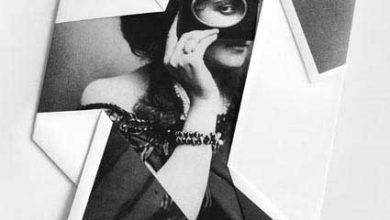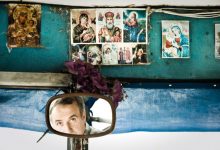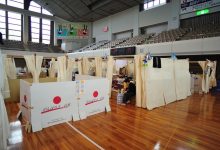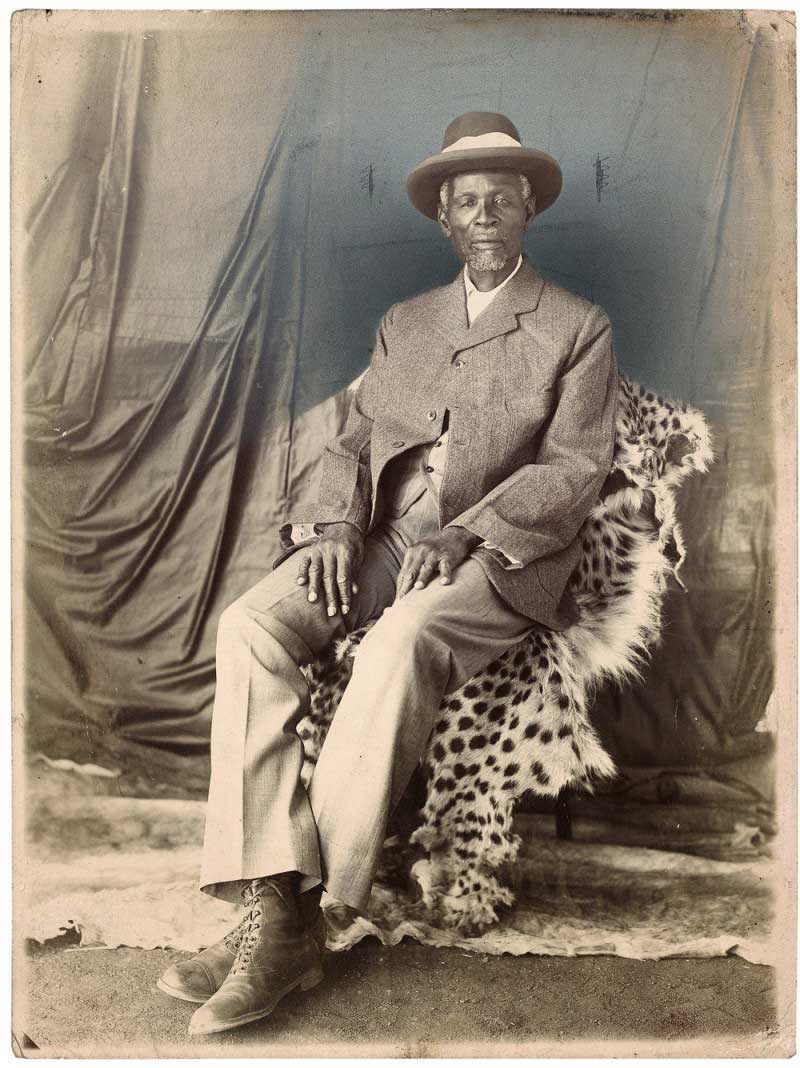
Interview with Tamar Garb
Felix Koltermann: Ms. Garb, why is it important to exhibit colonial photography today?
Tamar Garb: It is a really important archive because it is a material trace of a history that still needs to be narrated and explained. From the very beginning of photography the technology goes alongside the colonial project and is used in a number of different ways. Now it provides us with a complex archive of objects and representations, which are incredibly rich and wait for deconstruction and interpretation, replay, satire, etc. At the same time we need to complicate our understanding of the colonial archive. For a long period of time, the colonial archive was just seen in a rather one-dimensional way , through an almost simplistic filter for understanding the oppressive, objectifying gaze of the European colonizer and the victimization and objectification of the subaltern subject. But the more you look at the photography from the 19th century and the photography that actually exists in the context of colonialism the more complex you see those representations are.
FK: Can you give some examples for these different kinds of representations?
TG: For example in the 1860s and 70s with the rise of the Diamond Mines in South Africa, as people are recruited from all over the rural areas to come to work on the mines, they are photographed. They are photographed in multiple ways, wearing a combination of costumes, a bit of skin, a top hat, a bit of military uniform… Hybrid identities are absolutely everywhere to be seen. And photography is right there, tracking these complex negotiations that people make. And at the same time, they also begin to use photographic studios to have their portraits taken. So already in the 1860s and 1870s we have Africans posing in studios in Victorian costume. That doesn’t mean, that there aren’t also people who want to make money out of other people or who set out to study them for ‘scientific’ purposes. And they create their figural types, their “Zulus” and their “Hottentots” and all these abstract and oppressive categories that end up for sale on postcards and Cartes de Visites or in the pages of books and manuals.
FK: What where the choices you made in order to show the complexity of the African Archive?
TG: When I started working with the Walther Collection I insisted that these photographs are objects that come out of a very particular colonial history and that we could not show them in isolation or simply aestheticise them. We wanted to show the Cartes de Visites, for example, in a way that people could see that they were material objects, showing them not up in a wall, but in a vitrine so that you can read them. We wanted to include albums, pages and books so that inbuilt into the exhibition is the sense that these objects come out from an image culture in which these images circulated in multiple material forms. The other thing that was absolutely crucial for us was to look at the context of contemporary art and to frame the whole exhibition in relation to how practitioners working with the lens in Africa now look at this archive.
FK: What are the ways in which contemporary African Artists deal with this Archive?
TG: There are many ways in which the Archive forms a repository of material on which these artists draw. And I would want to situate it within a broader tendency in Contemporary Art to turn to the archive. One of the important components of the African Archive is the ethnographic and anthropological representation of figures in photographic practices. That constitutes an important space to make an intervention. Some will turn towards it with a kind of melancholic, almost elegiac funereal kind of meditation like Sammy Baloji. Others like Zanele Muholi will use it as the source of satire and humour and totally deflate it by bringing out the funny side. Santu Mofokeng’s project, on the other hand, is to destabilize the monolithic notion of the ethnographic African by countering it with reproducing images of Africans in European dress in modern metropolitan situations.
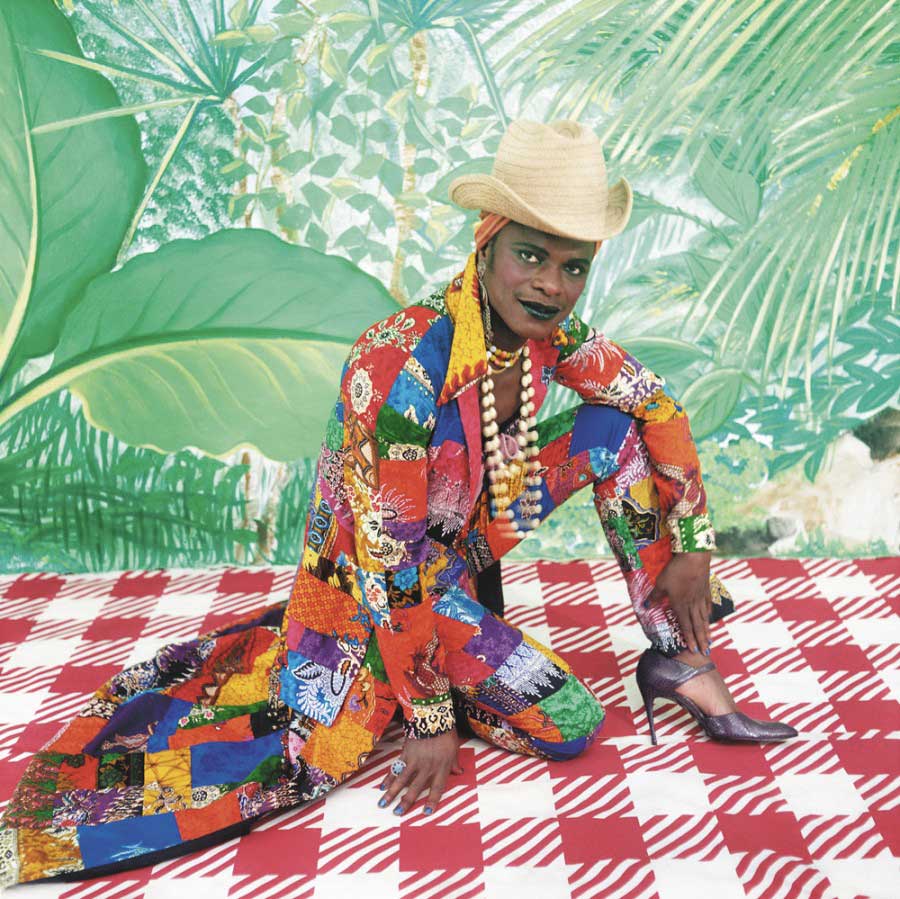
FK: What were the challenges in setting up this exhibition?
TG: In an exhibition like this, there is always a tension between collapsing into the anthropological on the one side and aestheticization on the other side. And trying to think about what the photographic relationship is between those poles and keeping a creative and active dialogue between them, This is why the contemporary art filter is so important, because it helps us not to fall into those old museological traditions through which representations of Africans have habitually been structured.
FK: Together with “Distance and Desire”, the gallery C/O Berlin shows the exhibition “Genesis” by Sebastião Salgado. What is your perspective on the show?
TG: I would say that the Salgado vision is a very romantic one. It betrays a belief in the picturesque and the sublime , which has a kind of 19th century notion of the splendour and the majesty of nature. Now of course this has been harnessed to eco-politics and has found a new life. In relation to its representation of peoples, I also find it very problematic. Photography is a profoundly modern medium and what you have here is an encounter of a modern technology, which uses its technological apparatus in order to perpetuate an image of a world, which is arrested, a world perceived to be unchanged since time began. This is the same construct that nineteenth century photographers brought with them when they approached unfamiliar peoples and places.
FK: What would you like visitors to take out of the dialogue between the two exhibitions?
TG: I think the difficulty in the juxtaposition is that Salgado is so visually spectacular in relation to the scale and the quantity of pictures, the dramatic contrasts and the high quality digital printing he uses. This of course filters your experience of ‘Distance and Desire’s’ display of small objects printed as they were in the 19th century. You need a particularly attentive viewer who is going to be able to make that transition. But perhaps the contemporary works, with their critical edge and African perspective, provide the best and most telling corrective. In that there’s a productive tension.
FK: Ms. Garb, thank you very much for the interview.
An accompanying catalogue with very interesting essays on the mentioned topics was published by Steidl (ISBN 978-3-86930-651-3, 362 pages, 68 Euro).


